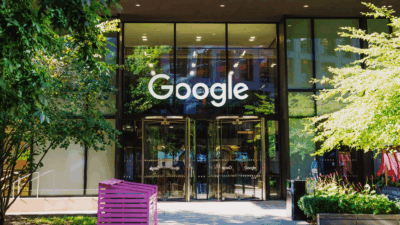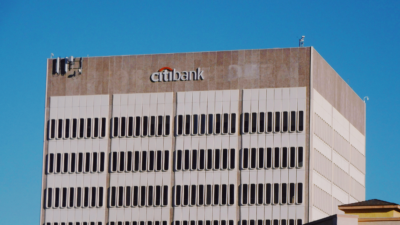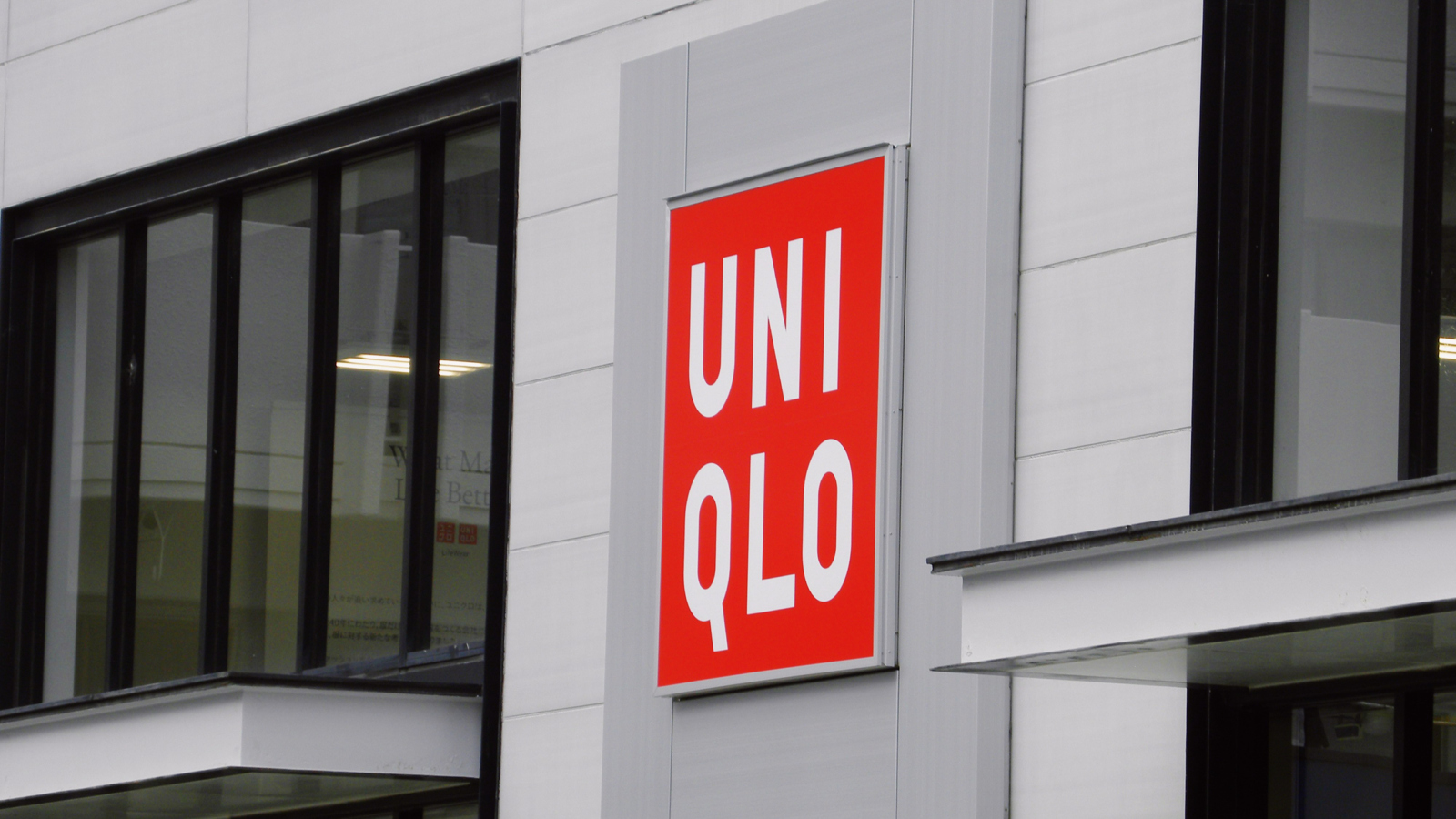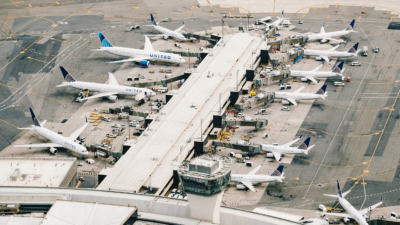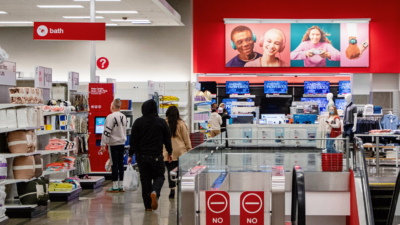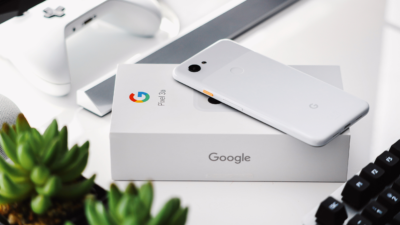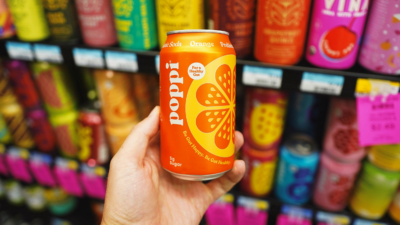DoorDash Launches Ad Platform, Accelerating Revenue Race Among Delivery Giants
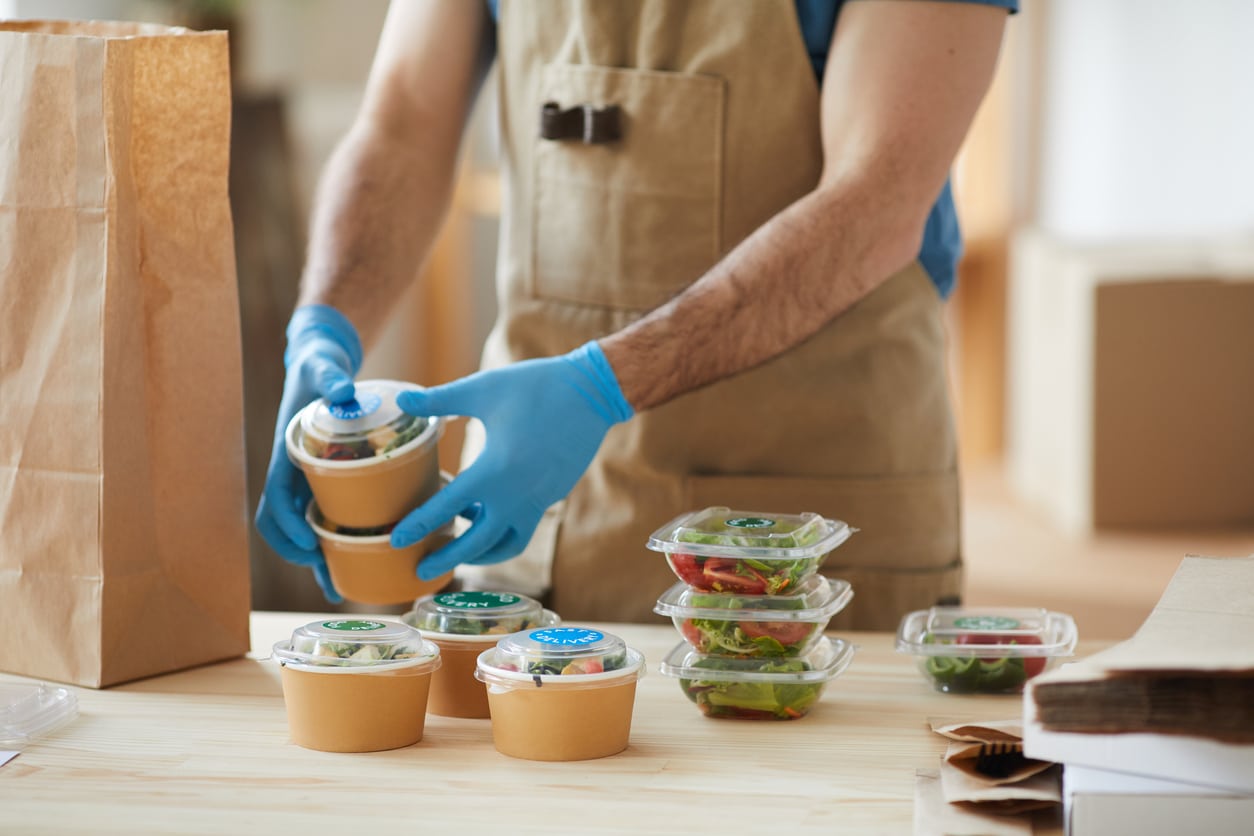
Sign up for smart news, insights, and analysis on the biggest financial stories of the day.
Scouring the endless menus on food-delivery apps for the perfect sandwich while famished is already a tall order. But just wait until Big Mac ads are filling half the screen.
Delivery giant DoorDash yesterday officially launched its advertising platform for merchants, offering sponsored listings and homepage banners. It’s the latest effort to drum up revenue among companies in the largely unprofitable industry.
Bringing Home the Bacon
After eight years of operation, DoorDash has amassed more than 450,000 merchants and claims to serve 20 million customers a month. And yet, profits remain as elusive as a pizzeria that will quickly deliver something warm and edible after 1 a.m.
The company has already been running banner ads and restaurant-funded promotions like discounts or free delivery, but this month it is finally rolling out the so-called “centerpiece” of its ad offerings:
- Its new advertising platform lets restaurants bid on various ad placements within search results. Eateries can direct sponsored listings to “new,” “existing” or “all” customers, but DoorDash plans to expand into preference-based targets — say, “frequent sushi eaters” — in the future, per The Wall Street Journal.
- Beyond hawking ads to burger joints and taquerias, DoorDash’s new “featured listings” allow consumer-goods brands to pay for better positioning in its burgeoning grocery store sections. For instance, Pepsi said in the app’s announcement that it plans to tap the function, which means the perennial No. 2 cola might appear above Coke when you’re scrolling for some snacks.
Chews Your Own Ad Venture: DoorDash rival Uber Eats introduced sponsored listings in the U.S. last summer, and has already expanded them to a host of other countries. On a Q2 earnings call, Uber said it expects to make $100 million from ads on Uber Eats this year, and over $300 million next year. But it’s a different model to DoorDash: merchants pay per-click on Uber Eats, while on DoorDash, they only have to cough up cash when an order is placed through their ad.

